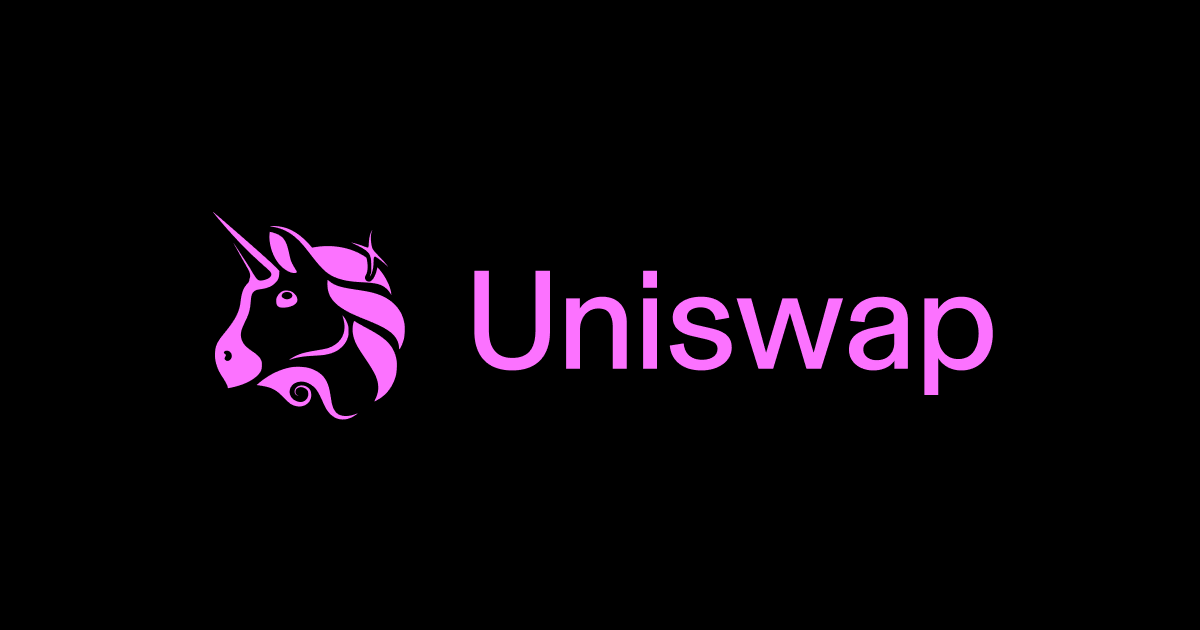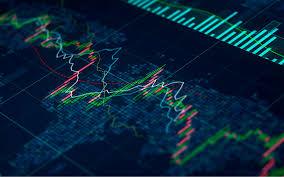How to Trade on Uniswap: A Step-by-Step Guide
Author: Nana Robinson

Uniswap is a decentralized exchange (DEX) that allows users to trade cryptocurrencies without intermediaries. Unlike traditional exchanges, Uniswap operates on automated market maker (AMM) technology, where liquidity pools replace order books. This guide will walk you through the trading process on Uniswap, explaining key concepts like slippage and network fees.
What is Uniswap and How Does It Work?
Uniswap is a smart contract-based protocol that facilitates token swaps on the Ethereum blockchain. It enables users to trade directly from their crypto wallets using a simple and efficient interface. Instead of relying on buyers and sellers, Uniswap uses liquidity pools where users deposit their assets to facilitate transactions and earn fees.
The platform ensures permissionless trading, meaning anyone can list a token without requiring approval. This openness has made Uniswap one of the most popular DEXs in the cryptocurrency market.
Step 1: Connecting Your Wallet
To trade on Uniswap, you first need a compatible wallet like MetaMask, Trust Wallet, or WalletConnect.
- Visit the Uniswap website.
- Click on "Connect Wallet" in the top right corner.
- Choose your preferred wallet and authorize the connection.
Once connected, your wallet is ready for trading.
Step 2: Selecting Tokens for Trade
- Click on "Swap" from the main interface.
- Choose the token you want to trade from the drop-down list.
- Select the token you want to receive in exchange.
- Enter the amount you wish to swap.
Be sure to verify the token contract address to avoid scams.
Step 3: Adjusting Slippage and FeesWhat is Slippage?

Slippage refers to the difference between the expected and actual trade price due to market fluctuations. You can adjust slippage in the settings:
- Low Slippage (0.1% - 1%): Reduces price impact but may cause failed transactions.
- Higher Slippage (2% - 5%): Ensures execution but may result in a slightly different price.
Understanding Network Fees
Since Uniswap operates on Ethereum, transactions require gas fees. These vary depending on network congestion. To reduce costs:
- Trade during low-traffic hours.
- Use layer-2 solutions if available.
Step 4: Confirming the Swap
- Click "Swap" after reviewing the details.
- Confirm the transaction in your wallet.
- Wait for the transaction to be processed on the blockchain.
You can track your transaction status using Etherscan by entering the transaction hash.
Advantages of Trading on Uniswap
- Decentralization: No central authority controls trades.
- High Liquidity: A wide range of tokens available.
- Permissionless Access: Anyone can trade or add liquidity.
- Non-Custodial: You retain control of your funds at all times.
User Reviews and Feedback
Most users appreciate Uniswap’s transparency and ease of use. However, high Ethereum gas fees remain a concern. Some traders prefer layer-2 solutions to lower transaction costs. Overall, Uniswap remains a trusted and widely used decentralized exchange.
Popular Articles

